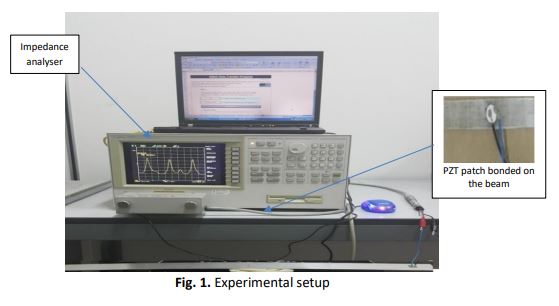Improving Electromechanical Impedance Damage Detection under Varying Temperature
DOI:
https://doi.org/10.37934/arfmts.92.1.123133Keywords:
Electromechanical impedance, piezoelectric sensor, simulation, experiment, temperature compensationAbstract
The field of structural health monitoring has seen a fundamental shift in recent years, as researchers strive to replace conventional non-destructive evaluation techniques with smart material-based techniques. Perhaps the most promising of smart material techniques for developing structural health monitoring (SHM) systems is electromechanical impedance (EMI) which can be used for real-time structural damage assessment. In EMI, mechanical resonances of structure can be seen in electrical characteristics of piezoelectric transducers due to electromechanical coupling of transducer with the structure. Existence of damage will cause a structural stiffness change and therefore the resonant characteristics of the structure will be altered. This article presents an experimental and numerical study to investigate the effects of notch damage with temperature on the electrical impedance of the piezoelectric sensor used in the EMI technique. The practical implementation of the compact EMI method utilizes as its main apparatus an impedance analyser (Model Agilent 4294A) that reads the in-situ EMI of piezoelectric wafer active sensors (PWAS) attached to the monitored structure. The finite element modelling used ANSYS software three-dimensional (3D) capability to simulate an aluminium beam at varying temperatures. Real-time monitoring of the structure is achieved based on harmonic measurements. The results conclusively showed that the proposed temperature compensation technique eliminates the results ambiguity and enabled the EMI system to detect small damages that were otherwise indiscernible.
Downloads

































